Telling artificial intelligence models to “think” step by step when carrying out a task can improve their performance so much that they can outperform humans at jobs AIs usually struggle with.


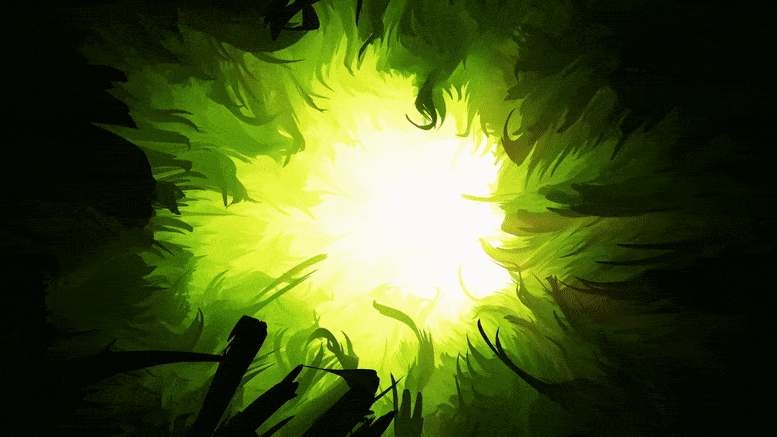
Scientists have discovered several elusive species of microorganisms.
Researchers have found a number of very rare species of microorganisms, some of which have never been observed before and others which have eluded the attention of researchers for more than a century.
Professor Genoveva Esteban of Bournemouth University and James Weiss, an independent researcher working in his own lab in Warsaw, Poland, with his two cats, made the discovery of these elusive species and published their findings in the scientific journal Protist.
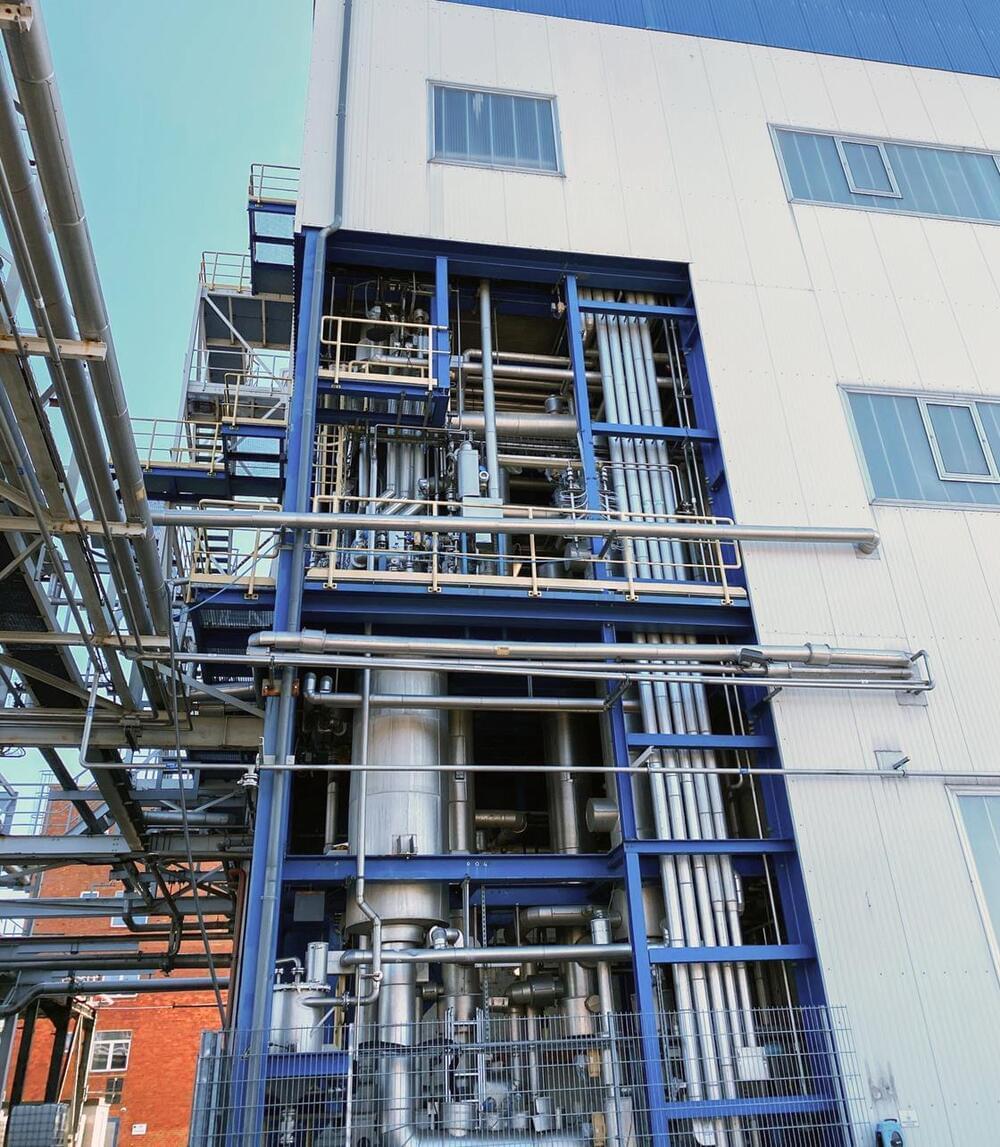
Providing highly efficient chemical processes that are also sustainable has become a key requirement for customers of the chemicals sector. While this is easier to achieve in large-scale, continuous processes for portfolio products, reaching similar levels of sustainability in multi-stage syntheses of complex, custom-manufactured molecules remains a challenge.
One solution to this problem is hydrogenation. When operated properly and with the appropriate knowledge and expertise, this technology is able to deliver excellent yields at high selectivity, and the catalysts applied in the process can often be re-used or recycled.
Researchers have developed a hackable and multi-functional 3D printer for soft materials that is affordable and open design. The technology has the potential to unlock further innovation in diverse fields, such as tissue engineering, soft robotics, food, and eco-friendly material processing—aiding the creation of unprecedented designs.
Protecting People, Society & Environment — Lydie Evrard, Deputy Director General; Head, Department of Nuclear Safety & Security, International Atomic Energy Agency (IAEA)
Lydie Evrard (https://www.iaea.org/about/organizational-structure/departme…d-security) is Deputy Director General and Head of the Department of Nuclear Safety and Security at the International Atomic Energy Agency (IAEA).
Ms. Evrard’s department focuses on the protection of people, society and the environment from the harmful effects of ionizing radiation, whether the cause is an unsafe act or a security breach, and her team aims to provide a strong, sustainable and visible global nuclear safety and security framework. Her department was created in 1996 as a response to the Chernobyl nuclear accident.
Prior to joining the IAEA, Ms. Evrard held the role of Commissioner at the French Nuclear Safety Authority (ASN).
Ms. Evrard started her career in the field of engineering, joining the French Ministry of Energy as an engineer and she has worked extensively in the regulatory field over the last 25 years in positions including as Unit Head at the Industry, Research and the Environment Direction of France’s Ministry of the Environment (Paris Region); Deputy Head of the Paris Region Division of the Nuclear Safety Authority (ASN) and subsequently Head of the Authority’s waste, decommissioning, fuel cycle facilities, research facilities and contaminated soils remediation Department. At the ASN, Ms. Evrard handled both radiation protection and nuclear safety issues. In particular, she led, together with counterparts at the Ministry of Energy, the 2013–2015 national plan for the management of radioactive materials and waste and coordinated the stress tests performed on research and fuel cycle facilities, following the Fukushima Daiichi accident.
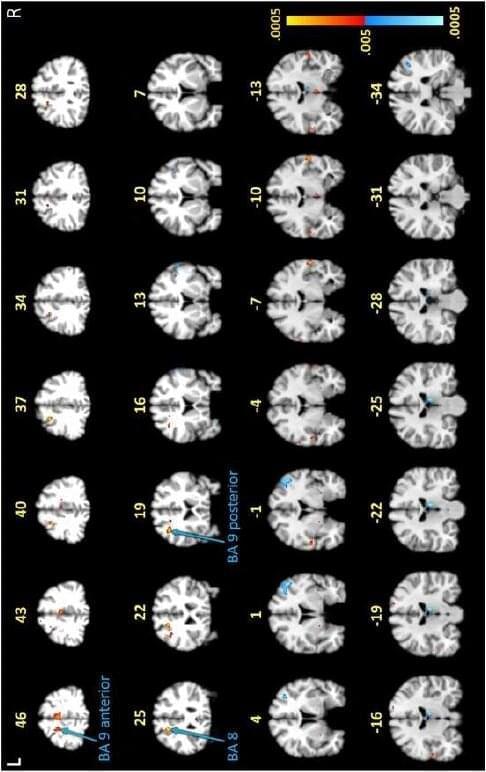
In a study using specialized imaging techniques, Johns Hopkins Medicine researchers report distinctive changes in the “white matter” and other brain tissue physiology of those with post-treatment Lyme disease, a condition affecting 10% to 20% of the nearly half a million Americans who contract Lyme disease annually.
The study’s findings, published October 26 in the journal PLOS ONE, substantiate and help validate that memory difficulties and other cognitive difficulties experienced long-term by individuals with post-treatment Lyme disease are linked to functional and structural changes in the brain.
Lyme disease, whose early symptoms may include a characteristic rash, flu-like aches and fever, joint pain, and fatigue, is treated using a rigorous course of antibiotics, which usually clears the illness.
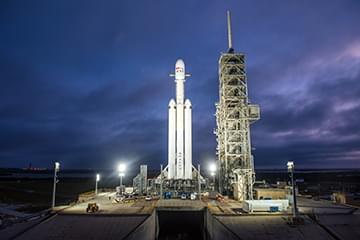
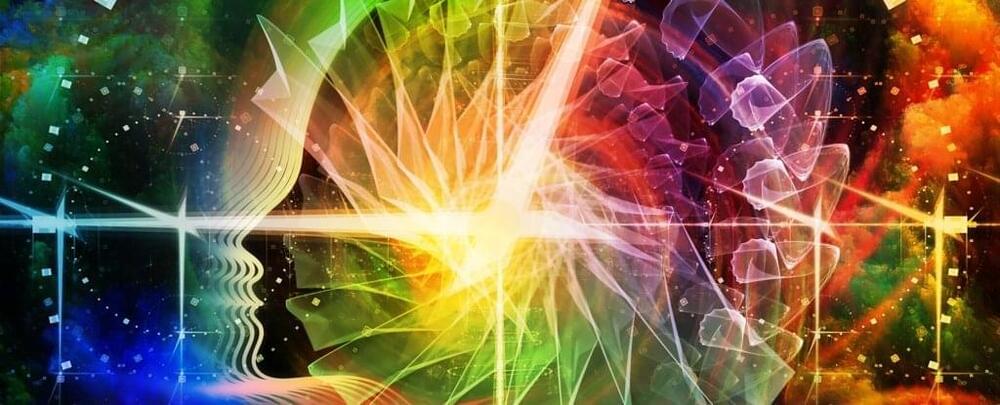
How does the human brain keep track of the order of events in a sequence?
Research suggests that ‘time cells’ – neurons in the hippocampus thought to represent temporal information – could be the glue that sticks our memories together in the right sequence so that we can properly recall the correct order in which things happened.
Evidence for these kinds of sequence-tracking time cells has previously been found in rats, where specific neuron assemblies are thought to support the recollection of events and the planning of action sequences – but for a long time, less was known about how episodic memory is encoded in the human brain.
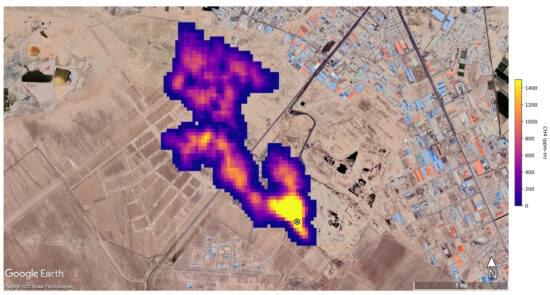
Equipment from a 1937 expedition in the Yukon territory of Canada left by Bradford Washburn was found this year in an expedition started by skier Griffin Post.